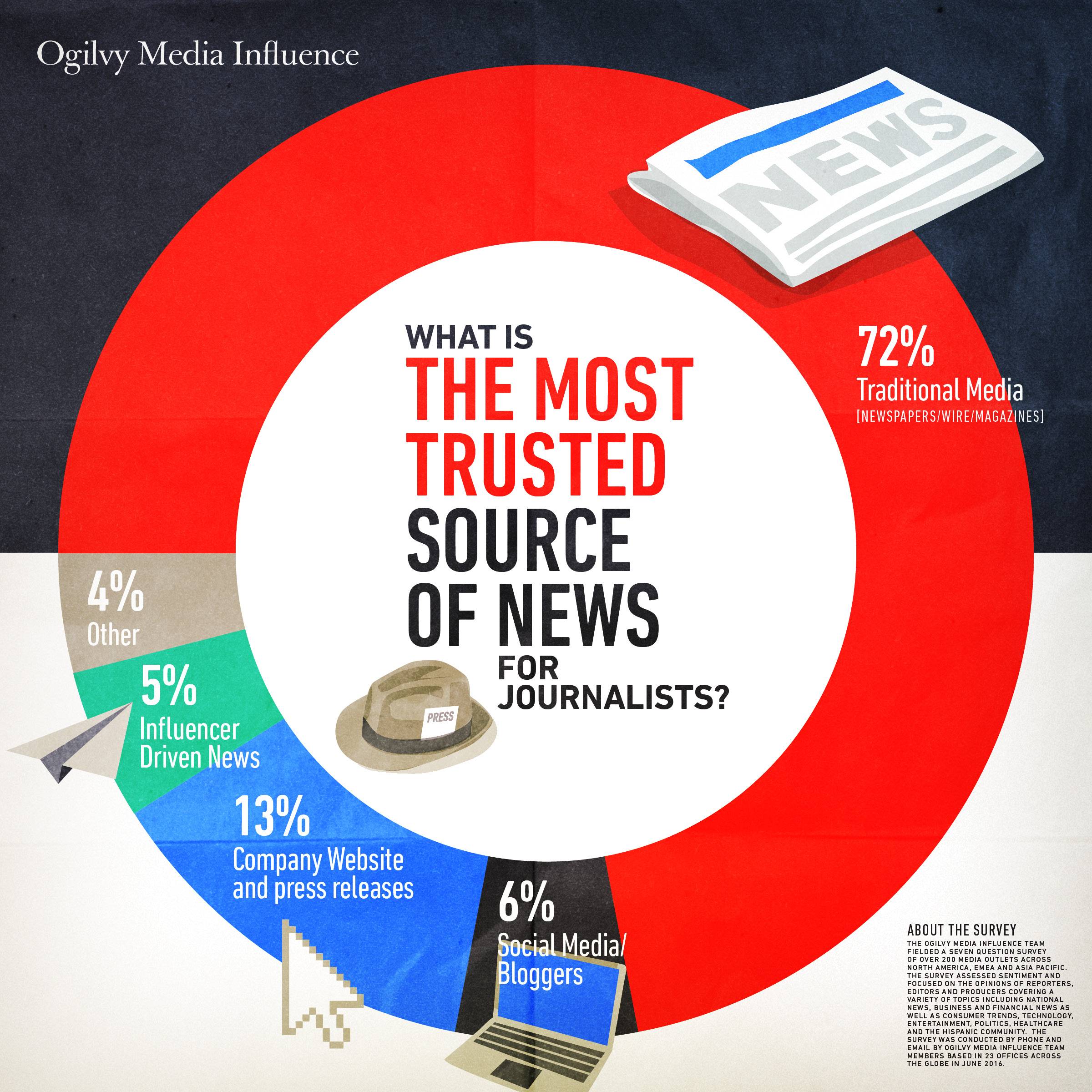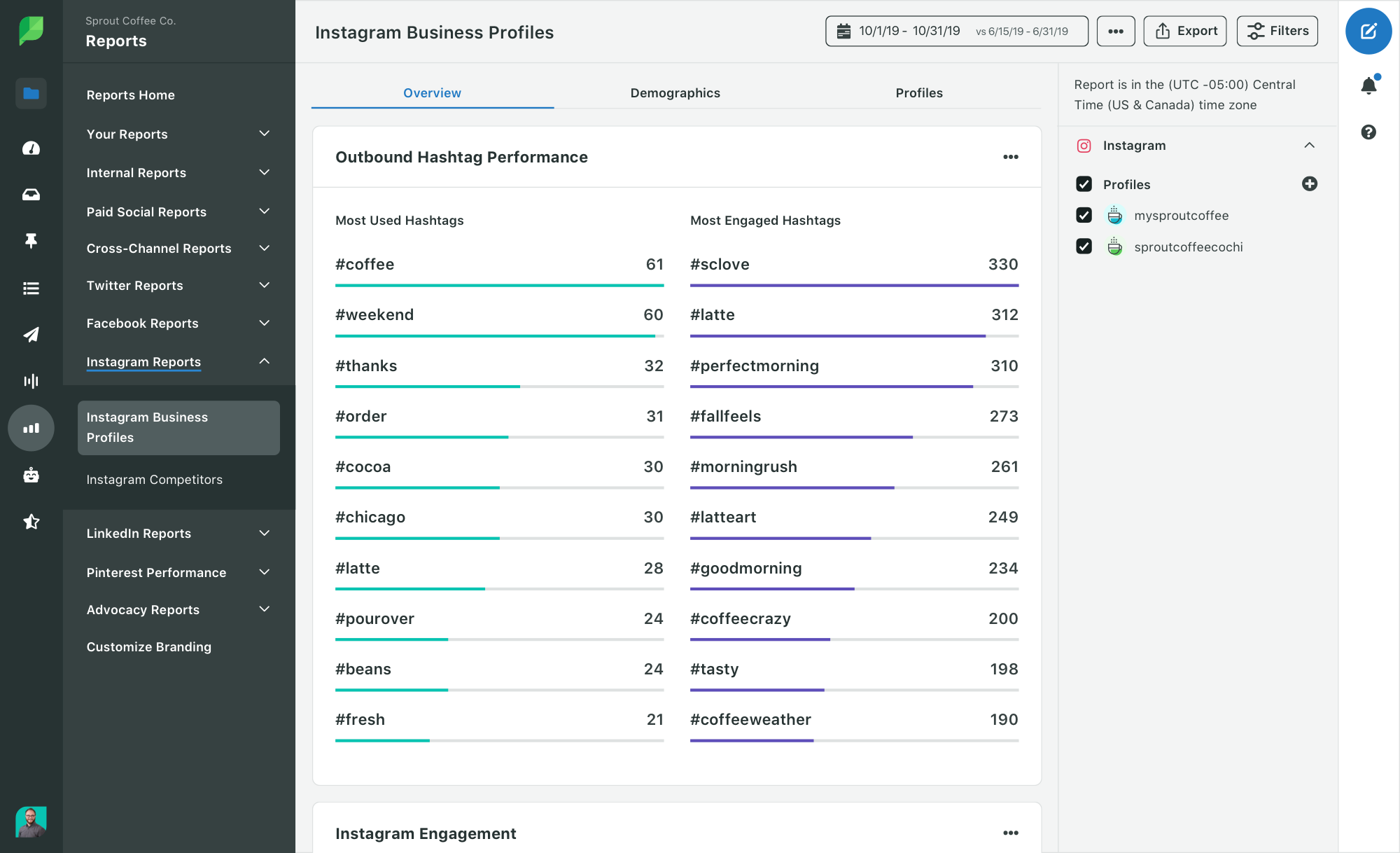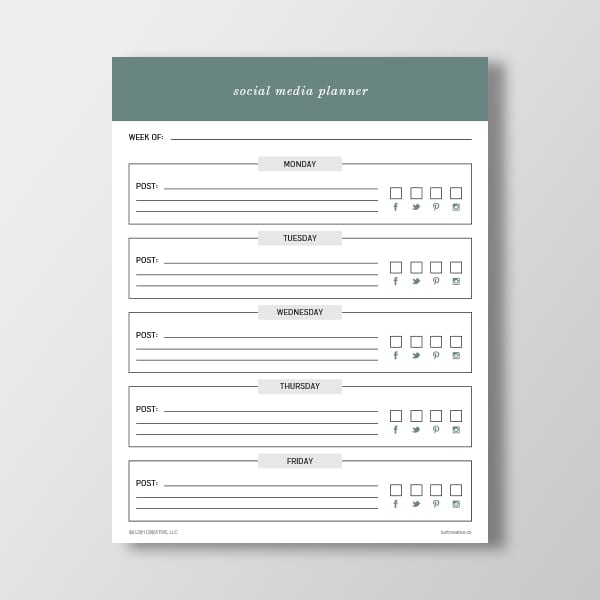
Inbound marketing is a proven method of generating content that leads to sales. Some of the most effective examples include the use of UGC (user-generated content), influencers, lead magnets, and content that uses consumer psychology. Below are some examples, all of which can be modified to fit your business. By following these tips, you'll be on your way to creating a better inbound marketing campaign.
UGC
Among the benefits of UGC is its ability to drive authentic customer engagement. Instead of relying solely on brand advertising, this type content is generated by users. UGC can be used by the company to encourage greater loyalty from its most passionate supporters. For example, a customer advocacy program can be a great way to encourage more specific UGC from brand advocates. This type content allows brands to tap into the unique experiences of their most passionate fans.
User-generated content
The benefits of user-generated content are numerous. They offer a high volume of organic content and can also boost brand credibility. For instance, Coca-Cola used a viral contest that asked viewers to share a coke with their friends and family. It quickly became a worldwide phenomenon. Additionally, pictures and videos have higher share rates as compared to other content.

Lead magnets
Lead magnets, which are pieces of valuable content that are exchanged in return for contact information (email address, name) in content marketing, are valuable pieces. Lead magnets can be used to generate leads for your marketing campaigns. They help companies establish brand awareness and credibility by providing real value to prospective customers. These are some examples of lead magnets that can be used to improve your marketing efforts. Your website's SEO will be improved and traffic will increase if you include lead magnets in your content marketing strategy.
Use influencers
There are several benefits to using influencers in content-forced marketing. It is a proven method of promoting ecommerce stores, and it works well for content-forced marketing campaigns. Influencers can be a valuable resource because they can spark interest in your products or services. They are also a great way to target niche buyers. You need influencers to connect with your brand to get the best results.
Using data
Using data in content marketing is becoming increasingly important for marketers, as the sheer volume of information available today makes consumers more discerning about what they see, read, and hear. You can leverage data to your advantage and gain valuable insight into your audience to better tailor your content. Data-driven content marketing is all about using data to build user profiles and segment your audience in a highly targeted way.

FAQ
Is content marketing expensive?
It all depends on the size and stage of your business. Many small businesses start out without dedicated resources. Once they start to grow, however, they soon realize how a solid content strategy can increase sales and improve customer engagement.
You'll have access to a variety of tools and expertise when you work with a freelance writer or content marketing agency. These professionals can help you identify the problems and opportunities in your company to guide your content marketing plan.
A good content marketing strategy will give you enough money to cover production costs while allowing you to invest in other parts of your business.
Are there any restrictions on linking to content from other websites?
Yes! This is link building. It is a great way of increasing traffic to your website by linking back to other sites' content. Links to credible sources should only be included.
How long should my content advertising campaign last?
It varies based on the type of service or product offered.
You might spend one to three months designing a new pair of shoes if you are selling shoes. For example, you might launch the product in August and keep updating it throughout year.
If you're selling clothes, you might create one look for fall and one for spring. Your goal is continually offer something fresh so your audience never gets bored.
Your goals determine the length of your content marketing campaign. A small business may only require you to concentrate on one channel. If you are a larger company, it may be necessary to consider multiple channels in order to reach a large audience.
Statistics
- According to our research, brand awareness, attracting traffic, and generating leads remain the key content marketing goals in 2022. (semrush.com)
- An example of an overarching goal could be: "In 2022, we want to achieve a 20% increase in revenue created by organic content and generate 15,000 MQLs with a budget of $30,000." (semrush.com)
- Content marketing produces 3X more leads per dollar spent. Content marketing costs 62% less than traditional marketing. (criteo.com)
- Measure your goals with a progress indicator of 0-100%. Make your goals collaborative and transparent (semrush.com)
- Forty-seven percent of buyers view 3 to 5 pieces of content before engaging with a sales representative. (mailchimp.com)
- According to the Content Marketing Institute, 70% of B2B marketers and 86% of B2C marketers surveyed use content marketing in some form or other. (criteo.com)
- According to research compiled by Coschedule: Companies that publish 16+ blog posts a month get as much as 3.5x as much traffic as those that publish 0-4 posts a month. (criteo.com)
- This marketing strategy landed Ford a 15.4% conversion rate. (neilpatel.com)
External Links
How To
Infographic Creation Tips for Content Marketing
Infographics can be a great way to simplify complex concepts and make it easy to understand. Information marketing is about providing valuable and useful information to your target audience. Infographics are a great way to share this message.
To create an infographic, Adobe Illustrator or Photoshop is required. You can use these programs to draw out different shapes and elements to represent your data, then add colors and fonts to make everything look nice. Once you are happy with your design, you can upload images to Unsplash and Pixabay for your design.
Check out existing infographics online to get some ideas. A picture of a food Pyramid could be used to show how many calories each food has. Another option is to take a picture of a can of Coke and look at how much sugar it contains.
After you have created your infographic, it can be shared through social media channels such as Facebook and Twitter. This makes it easy for people unfamiliar with the concept to learn. Use hashtags to let others know what infographic you are sharing on social media. Users can follow conversations around specific topics using hashtags.
You can make infographics shorter if your posts are short. An average blog post can be anywhere from 2000 to 5000 words long, while an infographic only requires 500 to 1000 words. This means that you can convey more information in a shorter space.
Your infographic should be easy to read for some viewers. Make sure you use large enough fonts and don't rely too heavily on color for your graphics. Also, ensure all text is legible.
Here are some more tips
-
Choose an Infographic Template. You can find many templates online or in printed formats. The most popular ones include Canva, Piktochart, and Google Slides.
-
Make your Infographic. Create your infographic using the template. Any media you choose is acceptable for your audience. You might use photos of local restaurants to create an infographic about the best places in Seattle.
-
Add Text. After creating your infographic, add text with Microsoft Word, PowerPoint, and Canva.
-
Add Images. Add images to your infographic. These images can include charts, graphs and icons. If you want to add a picture, make sure it's relevant to your topic.
-
Make It Interactive. You can add interactive elements, such as maps, buttons, and links. This will allow you to engage your audience.
-
Share. Share your infographic when you are done.
-
Measure. What was the performance of your infographic? Did people click through? Did they signup for your mailing list? Was their reaction to the infographic?
-
Improve. Is there anything you can do to improve your infographic Could you do better next time?
-
Repeat. Do it again.